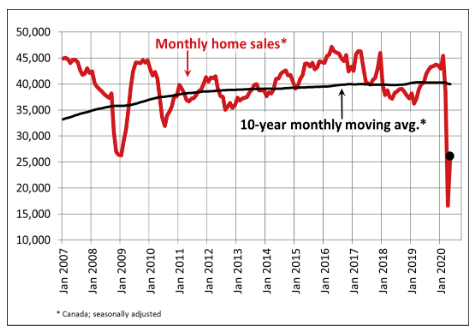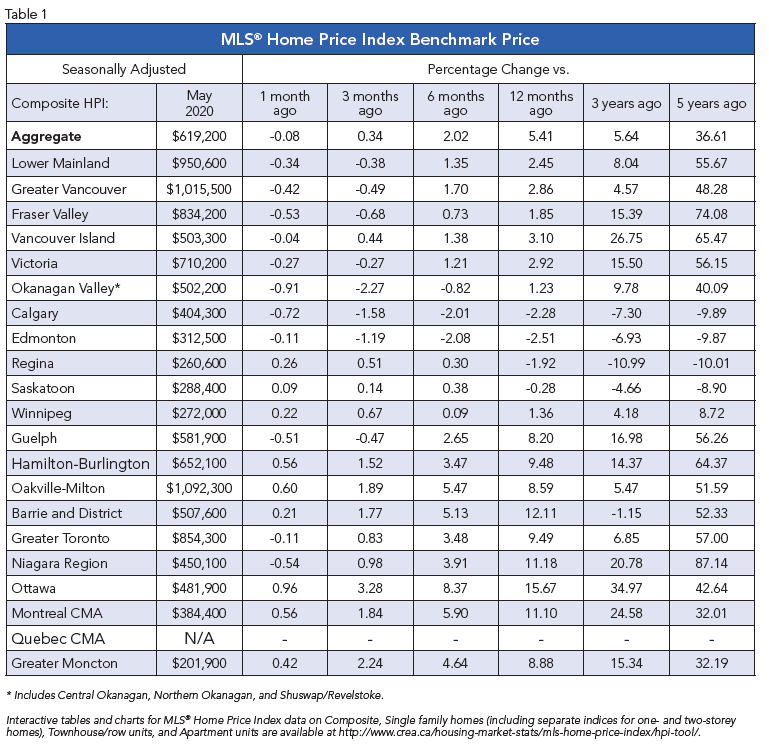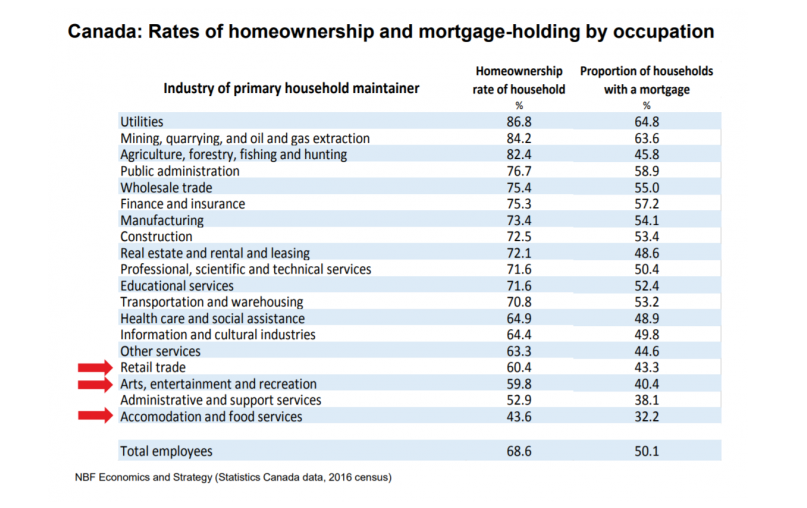 The holidays are a season of giving and often times, households can often find themselves carrying some extra debt as we enter the New Year.
The holidays are a season of giving and often times, households can often find themselves carrying some extra debt as we enter the New Year.
If you happen to be someone currently struggling with some post-holiday debt, that’s okay! Whether you’ve accumulated multiple points of debt from credit cards or are dealing with other loans (such as car loans, personal loans, etc.), you are likely looking for a way to simplify your payments – and reduce them. Rolling them into your mortgage could be the perfect solution.
Consolidating other forms of debt into your mortgage has multiple benefits. For starters, this process can help you to pay off your loans over a longer period of time with smaller payments per month, and often at a reduced interest rate when compared to a credit card.
By freeing yourself from these high interest rates and gouging interest payments, you will not only have more money each month but have a better chance of taking back your financial control and getting your loans completely paid off!
If you’re still not sure if this is the right solution for you, here is an example… if you have $30,000 of credit card debt, you are probably paying AT LEAST $600 per month and $500 per month of that is likely going directly to interest. If you let me help you to roll that debt into your home equity and monthly mortgage, your payment to this $30,000 portion would drop down around $175 per month, with interest charges closer to $140 per month. That is huge savings!
Not only does debt consolidation into your mortgage help with reducing interest charges and making your loan more manageable, but it is also much easier to keep track of and pay a single monthly installment versus managing a dozen different loans or bills.
While debt consolidation through refinancing will increase your mortgage since you have to add the debt into your existing mortgage amount, the benefits to lowering your overall payments and management can be well worth it when it comes to cost savings, time and stress. Keep in mind, you need at least 20 percent equity in your home to qualify for this adjustment.
If you are looking for a way to simplify (or get out of) debt, reach out to a Dominion Lending Centres mortgage expert! They would be happy to take a look at your financial portfolio and current mortgage and help you come up with the best option to suit your needs.
View more blogs here
#priceteammortgagesfergus #priceteammortgagesguelph #dominionlending #canada #ontario #fergus #guelph #ontariorealestate #guelphrealestate #waterloorealestate #mortgagebrokernearme #priceteammortgagesfergus #priceteammortgagesguelph #dominionlending #canadianmortgage #canadianmortgagebroker #mortgages #mortgagebroker #priceteam #canadianmortgageprofessionals #savemoney #homebuying #firsttimehomebuyer #bestbroker #tips #mortgagetips #newyear #debt #consolidate

 Your finances aren’t the only thing that has room for new resolutions in 2023! Consider these great ideas to make your home feel brand new come January:
Your finances aren’t the only thing that has room for new resolutions in 2023! Consider these great ideas to make your home feel brand new come January: When it comes to getting a mortgage, there is a common misperception that a low rate is the most important factor. However, while your rate does matter for your mortgage, it is not the only component to consider when higher rates can be better.
When it comes to getting a mortgage, there is a common misperception that a low rate is the most important factor. However, while your rate does matter for your mortgage, it is not the only component to consider when higher rates can be better. If you are in the market for a home or a new car, you are probably very familiar with your credit score. Lenders are one of the primary users of credit scores and it can have a huge impact on whether you get approved for a loan and just how much interest it is going to cost you. What isn’t well known about credit scores is where they come from, what makes them go up (or down!) and who else besides potential lenders uses them to make decisions? Your credit score is going to be with you for life, so why not take a couple of minutes to get the facts.
If you are in the market for a home or a new car, you are probably very familiar with your credit score. Lenders are one of the primary users of credit scores and it can have a huge impact on whether you get approved for a loan and just how much interest it is going to cost you. What isn’t well known about credit scores is where they come from, what makes them go up (or down!) and who else besides potential lenders uses them to make decisions? Your credit score is going to be with you for life, so why not take a couple of minutes to get the facts. When it comes to getting a mortgage, one of the more overlooked elements is the option to be able to port the loan down the line. This article will inform you about what to know about porting your mortgage.
When it comes to getting a mortgage, one of the more overlooked elements is the option to be able to port the loan down the line. This article will inform you about what to know about porting your mortgage.









